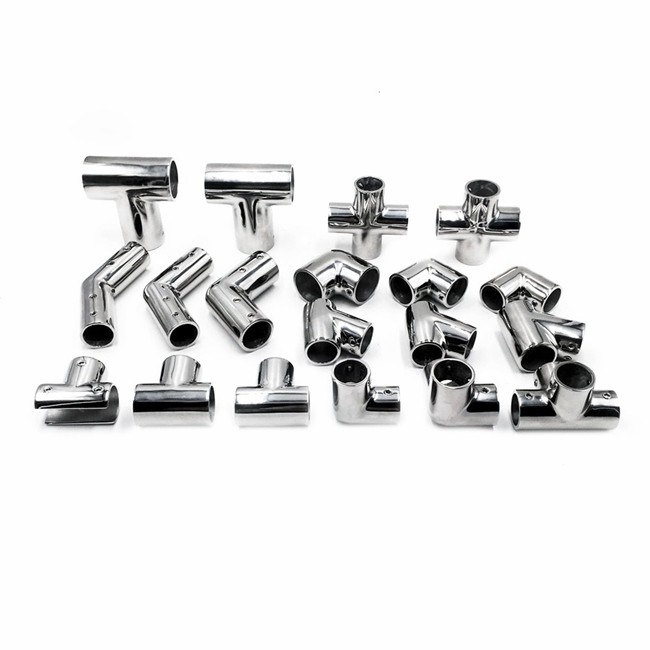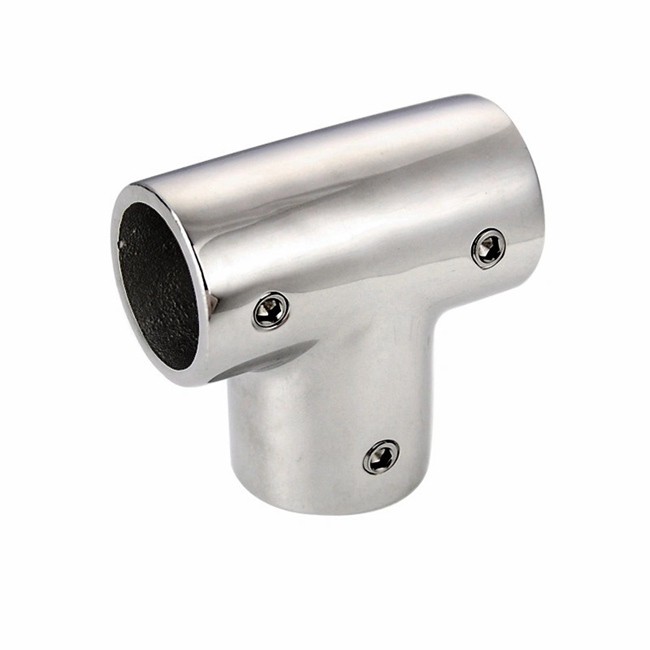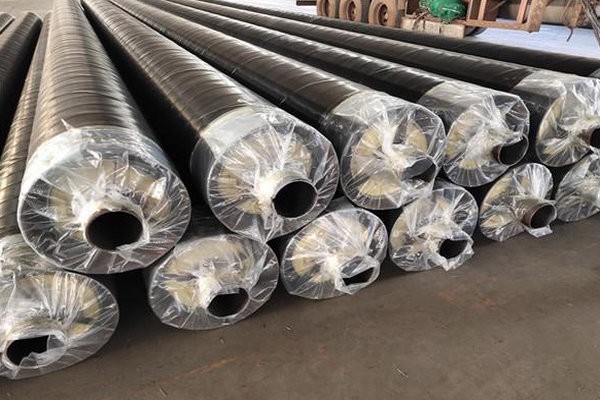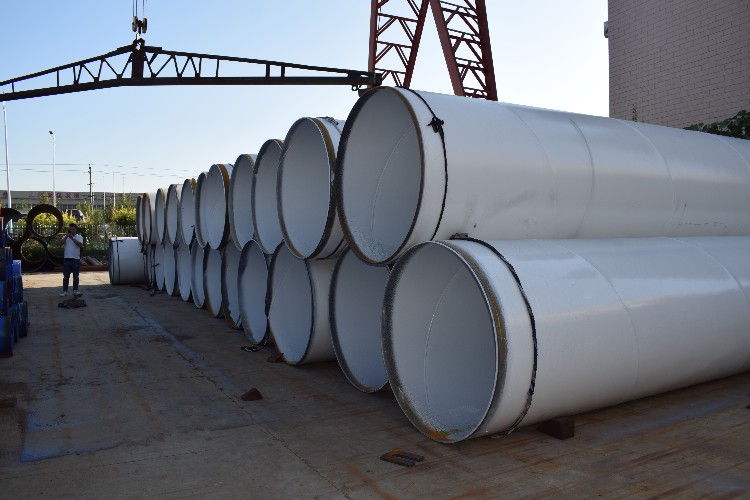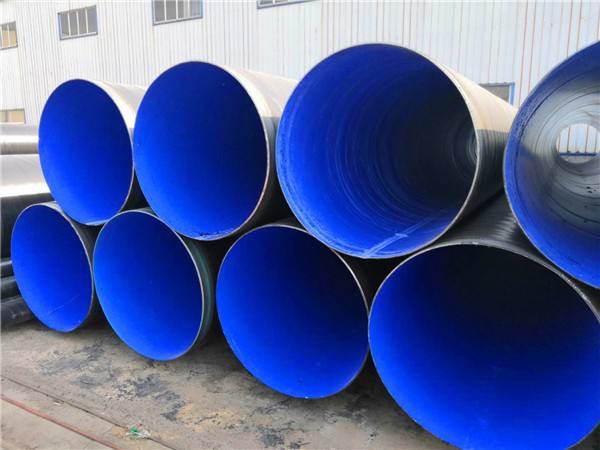Wholesale 304 Stainless Steel 3 Way Corner Elbow 90 Degree Elbow
Product description
The manufacturing process of stainless steel tee bends mainly includes hydraulic bulging and hot pressing forming. Among them, the hydraulic bulging process uses a dedicated hydraulic press to inject liquid into a tube blank with a diameter equal to that of a tee, and synchronously squeezes the tube blank through the two horizontal side cylinders of the hydraulic press, causing the metal material to flow in the mold cavity and bulge out the branch pipe. This process has high production efficiency and increases the thickness of the main pipe and shoulder wall, but requires a large tonnage of equipment, mainly suitable for the manufacture of standard wall thickness stainless steel tees.
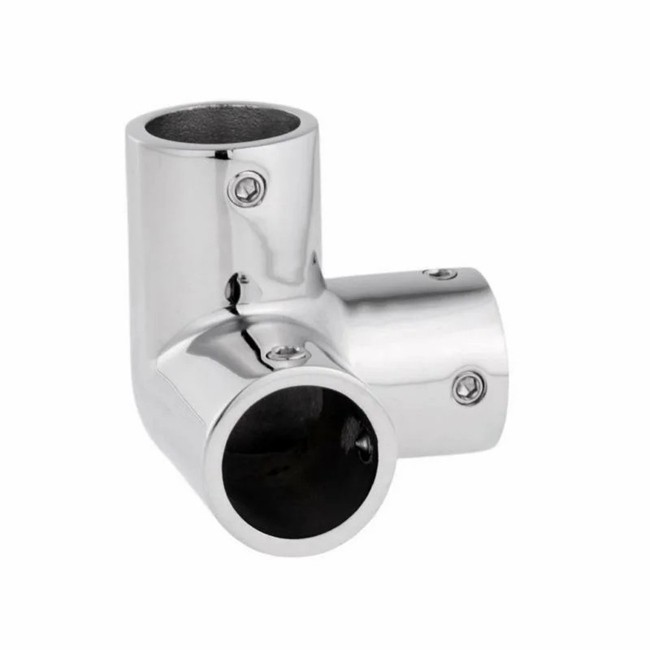
Stainless steel tee pipe, as the name suggests, is a type of tee pipe made of stainless steel material, with a curved section added to adapt to specific pipeline layout requirements. It is mainly used at pipeline branches and can connect three pipelines, including the main pipeline and two branch pipelines, to achieve fluid diversion or merging.
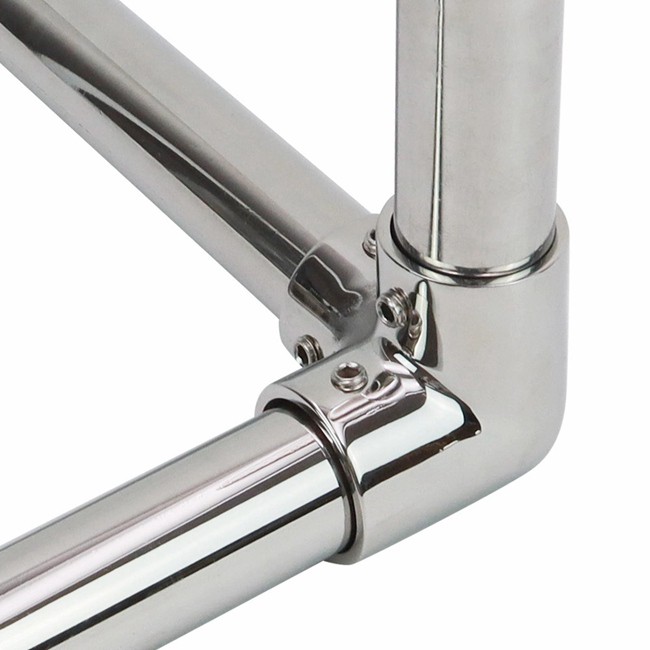
Stainless steel tee bends, as commonly used connecting fittings in pipeline systems, play a crucial role in multiple fields. Its unique structure and material characteristics make stainless steel tee bends an indispensable part of many engineering projects. This article will provide a detailed introduction to the basic concepts, types, advantages, application areas, and manufacturing processes of stainless steel tee bends.
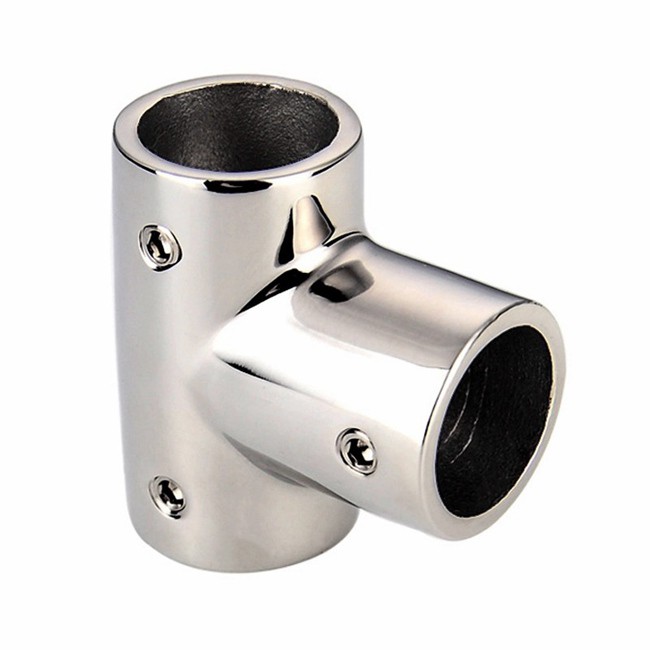
Moreover, the maintenance of these elbows is relatively simple. Regular inspections and occasional cleaning are usually sufficient to ensure their longevity and optimal performance. In the event of damage or wear, the modular nature of piping systems makes it easy to replace individual components without disrupting the entire network.
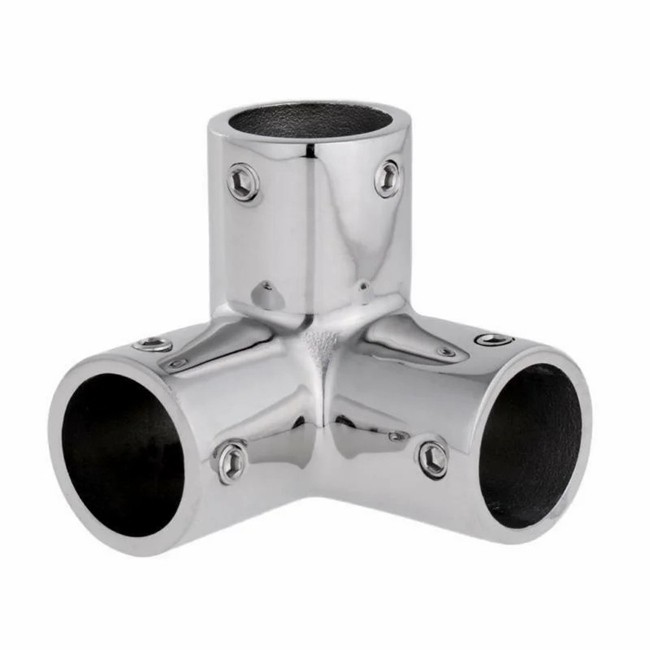
Installation of the stainless steel 3-way elbow pipe is straightforward, thanks to its compatibility with various connection methods, including welding, threading, and socket welding. This flexibility allows for easy integration into existing piping systems or the creation of new configurations tailored to specific needs.
The design of the 3-way elbow allows for a smooth transition of flow, minimizing turbulence and pressure drops. This is achieved through the precise angles and contours of the elbow, which are typically either 90 degrees or 45 degrees, depending on the specific requirements of the piping system.

Recommended products

